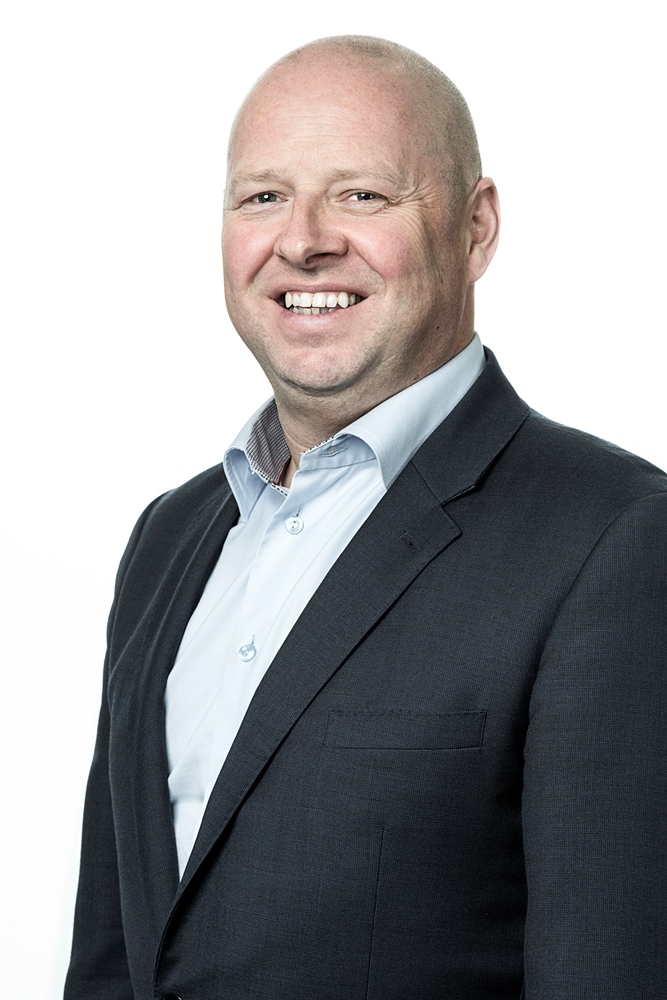The telecoms industry is experiencing a moment of unprecedented disruption. As it prepares to shift from 4G to 5G, they find themselves having to manage both physical and virtual infrastructures on a scale never before seen, while also contending with the growing importance of the network edge, says Duncan Greenwood, vice president & general manager NEMEA, VMware.
That’s before the demands of innovations such as smart cities and an expanding IoT universe are taken into account, plus a predicted increase in communication intensity, or time spent connected, of 63% over the next ten years.
All of this against a backdrop of heightened customer expectations that must be satisfied. To meet these challenges head on, CSPs worldwide are having to go through major digital transformation to increase service and business agility.
Why are they putting themselves through this? Because of the huge opportunities this period of transition offers – new lines of business and sources of revenue, coupled with the multitude of efficiencies enhanced optimisation and automation promise.
Successful digital transformation brings increased complexity
The goal of digital transformation is to enable CSPs to better compete in the digital economy with a flexible and programmable network, powered by network functions virtualisation (NFV), and software-defined networking (SDN).
Together, these two technologies significantly increase network complexity, resulting in new requirements and pressure points for operations. More devices, more variables, more complexity – it is increasingly difficult to have end-to-end visibility and assess actual network issues in real time. This in turns limits CSPs’ ability to link network performance with service quality and customer experience, which is vital to provide actionable intelligence for the physical and virtual networks tasked with delivering dynamic digital services.
That is the major issue. CSPs cannot expect customers to put up with continuous disruption. There are alternatives to their offerings, whether new entrants lacking legacy infrastructure or better prepared established players. All of this means CSPs must prepare for tomorrow while still delivering the essentials of today. That’s easier said and than done, so how do they go about achieving this?
Ultimately, they need to work backwards from the customer. It is the experience of providers that matters, meaning they should continually be asking how much and what sort of resource would be best deployed.
On the front line, for example, successfully dealing with customers requires human interaction – to empathise, to connect, to offer tailored solutions and facilitate those experiences consumers expect. But as we get further from the customer, how much human is really needed? It may seem counter-intuitive, but does the answer to best supporting human workforces in delivering exceptional customer experiences actually lie in automating where possible?
Smarter automation for better customer experiences
Currently, CSPs rely on human intervention at each layer, reacting to issues. Greater speed is required, however, if they’re going to keep up with, and ahead of, the disruptive opportunities within the industry. In order to deliver on the promise of 5G and digital transformation, CSPs must embrace operations automation and look at every opportunit to reduce human intervention. This can be supported by comprehensive management tools already available – ones that can integrate and interlink multiple networks to ensure the highest possible experience for their customers.
To that end, what if CSPs could adopt truly smart automation, removing that need for intervention and shifting them from a reactive to proactive footing? Suddenly, they can continuously monitor for situations that could cause network incidents, detecting abnormal patterns before these have a chance to disrupt service. And, when incidents cannot be prevented, automatically identify the root cause of the problem.

Furthermore, as new devices or virtual functions are moved, added or changed, smart automation tools ensure the network topology is automatically updated and refreshed, eliminating the need for manual updates by the network ops team. This level of assurance automation is even more critical in NFV and cloud-native networks due to the inherently dynamic nature of virtual network functions (VNFs) and service chains.
So, everything moves faster – when issues are identified proactively, solutions can be deployed before users flag the problems. And with the right tools, the management of different environments can all be delivered through one solution. In other words, having complete, end-to-end visibility.
As a result, network operators can focus on delivering quality of service guarantees, meet stringent service level agreements, and provide a high-quality customer experience, rather than spend their time troubleshooting network problems.
High standards today, future-proofed for tomorrow
In doing so, CSPs can continue to deliver a high standard today, while investing and deploying for tomorrow. Rather than frustrating people with railway-style upgrades, new services simply appear in the eyes of the customer, with no inclination of the alterations happening behind the scene.
It is a rich, integrated approach to managing ever-changing networks. It goes beyond traditional service assurance and infrastructure monitoring to provide a complete approach to physical, virtual and service-based network management.
This automated approach is the only way CSPs can keep pace with the avalanche of new services, tighter cross-domain dependencies and virtualised networks.
The author is Duncan Greenwood, vice president & general manager NEMEA, VMware
Comment on this article below or via Twitter: @VanillaPlus OR @jcvplus






